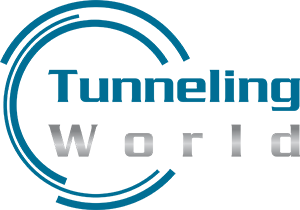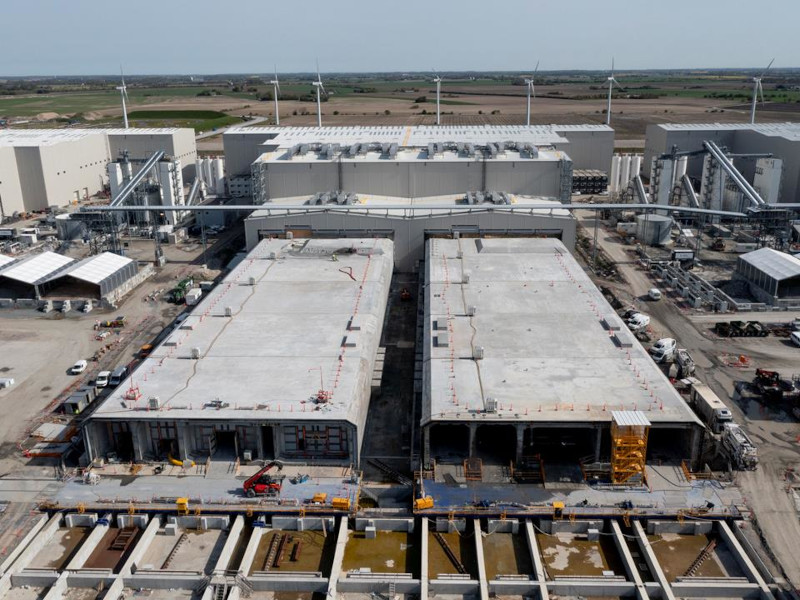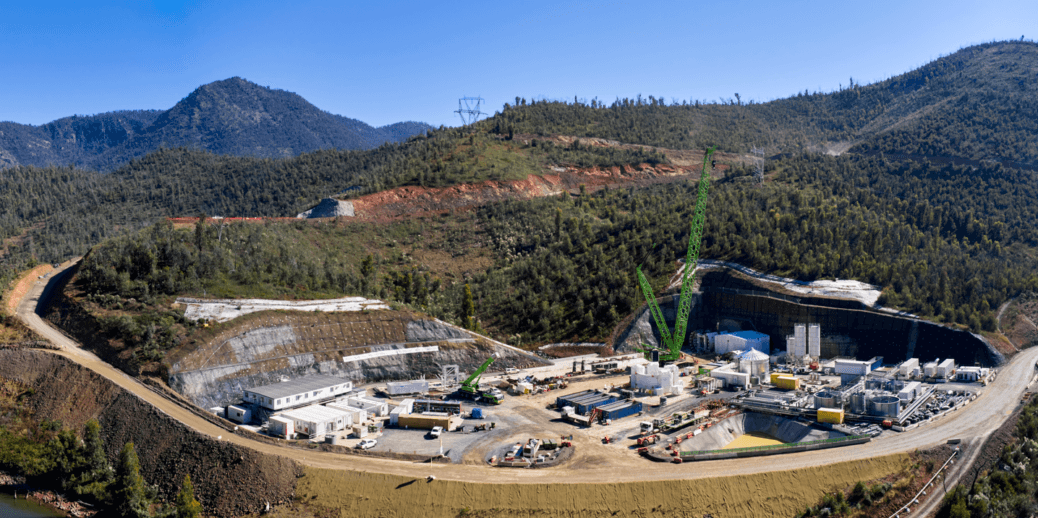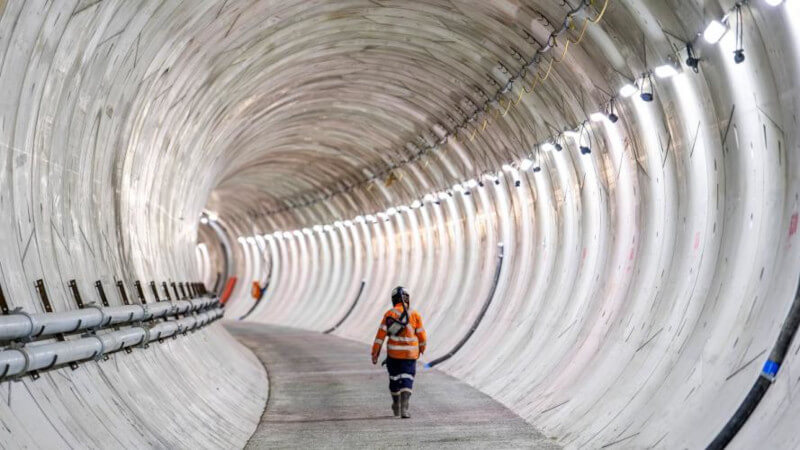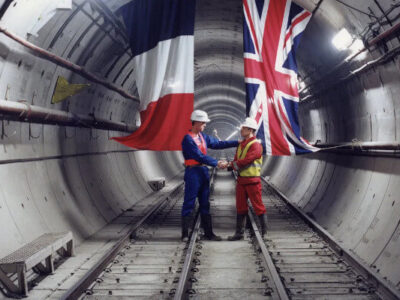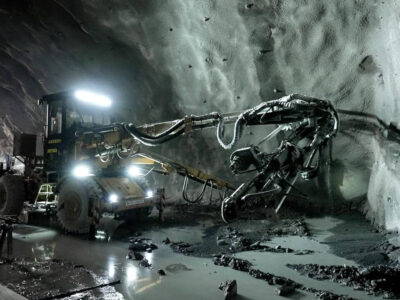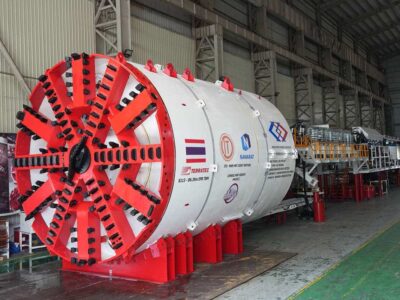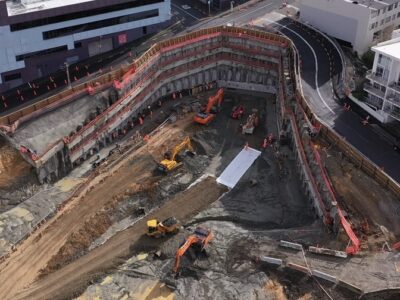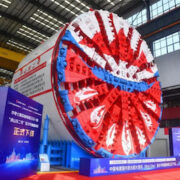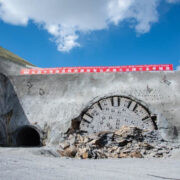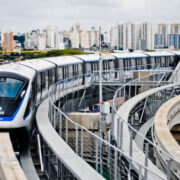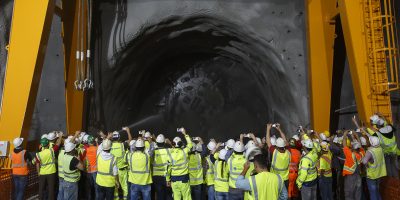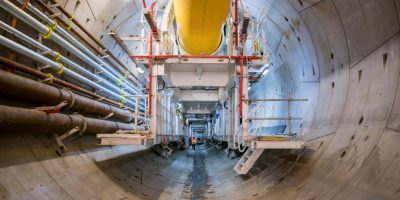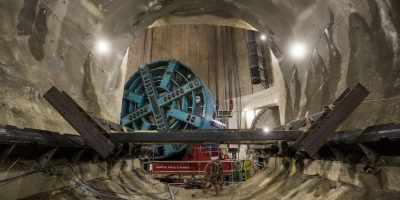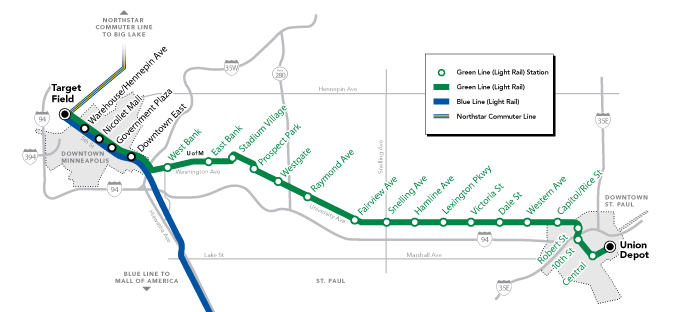
Finally, after years of delays and cost overruns, Minneapolis’ $2.74 billion Metro Green Line Extension has a finish line in sight — and the grant to get it there.
Hennepin County and the Metropolitan Council, the lead public agency on the project, reached an agreement in August to bridge the $340 million budget gap to finish the project.
Charlie Zelle, Metropolitan Council Chair, stated in a Green Line Extension Management Committee meeting earlier this month: “We’re able to ensure not only that we’re finishing the project, but where the funding come from.” He added: “What a difference a year makes.”
A JV of Wisconsin-headquartered Lunda, Black River Falls, and Maple Grove, Minnesota-based McCrossan is constructing the light rail extension, which has doubled in cost and is nine years behind timetable.
The Green Line Extension was declared to much publicity as a critical transit project to link Minneapolis’ southwest suburbs to the city. It incorporates 14.5 miles of light rail tracks, 16 new transit stations, two light rail tunnels, 29 new bridges, six pedestrian tunnels, 121 retaining walls, freight rail reconstruction, and trail reconstruction, among other improvements.
As the Metropolitan Council claimed, once finished, it will be part of an integrated system of transitways, containing connections to the Metro Blue Line, the Northstar Commuter Rail line, main bus routes, and submitted future transitways.
The cost estimate for the work was $1.25 billion in 2011, with an expected open date of 2018. Nevertheless, the project has been mired in delays and cost overruns since before construction started.
According to a 2022 report from the Minnesota Office of the Legislative Auditor, the project cost has more than doubled to $2.7 billion and is planned to commence in 2027.
In addition, the report concluded that almost $535 million of the budget remaining to complete the project was unfunded. Also, it claimed that the Council allocated 658 change orders between March 2019 and October 2022, which added nearly $220 million in costs.
Furthermore, the audit showed a lot of finger-pointing. A spokesperson from Lunda/McCrossan stated that the auditor ignored essential matters with its design that led to cost overruns and delays and that it lacks the crucial expertise to criticize the way the line has been built.
The watchdog agency conveyed that the Council did not sufficiently enforce several parts of its construction contract and lacked “adequate documentation to support some project decisions.”
In addition, the project has become a political flashpoint. In August, three Metropolitan Council members voted against the agreement, with two calling for more transparency in the budget vetting. Minnesota State Senator Scott Dibble declared: “There is no amount of money out there that [the Met Council] won’t take to complete this project.”
He also asserted that the Metropolitan Council “operates, out of sight, out of view, without the accountability and transparency and management of an elected body.”
Regardless, on Sept. 13, the Metropolitan Council authorized the funding agreement by voice vote.
The new agreement delineates who will pay for what to complete the project, which is 75% finished. The Council approved to cover 45% of costs associated with finishing construction and starting fare-paying passenger service, up to $150 million.
Hennepin County is said to pay 55%, up to $190 million. If the costs exceed those numbers, they’ll break it on a 50-50 basis.
Moreover, the Metropolitan Council will be financing the start-up costs to get passenger service operating. Also, it added time for members to more comprehensively evaluate the Green Line agreement and a $75.3 million grant from Hennepin County for a Blue Line Extension light rail project between downtown Minneapolis and Brooklyn Park, Minnesota. The grant would finance pre-construction tasks through 2024.
According to Jim Alexander, Green Line Extension project director, who spoke at the Oct. 4 committee meeting, the budget will be sent to the Federal Transportation Administration for review and approval in 2024.
In addition, he reported that contractors have made progress in numerous areas, such as trail improvements on portions of the South Cedar Lake and Minnesota River Bluffs trails; elements of the Southwest, City West, and Shady Oak stations, containing parking lots, ramps, and passenger dropoff areas; and track work on the Minnetonka/Hopkins light rail track bridge.
Zelle expressed in the meeting: “I’m really pleased we have it in place.” He continued that they are currently in the procedure of reviewing the budget and working with their “contractors to accelerate what would have been even greater delays.”
He also pointed out: “The most important thing is we actually now have this framework for how to fund that,”
“I think, ultimately, it gives more confidence to the project, and we can do what we’re doing efficiently.”
